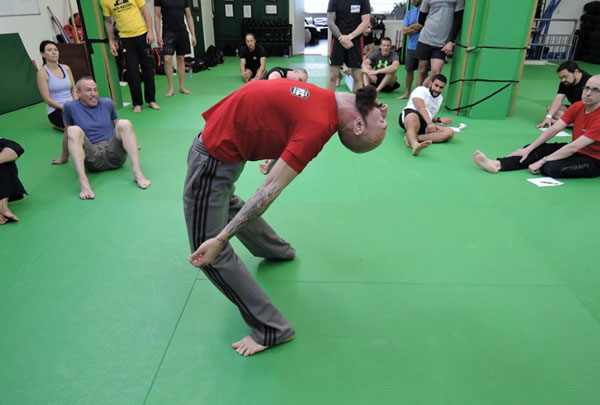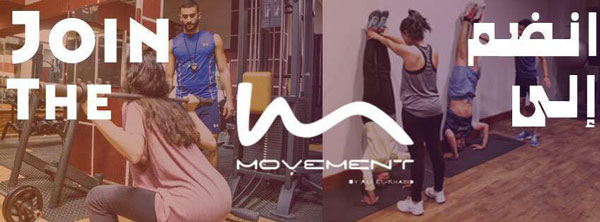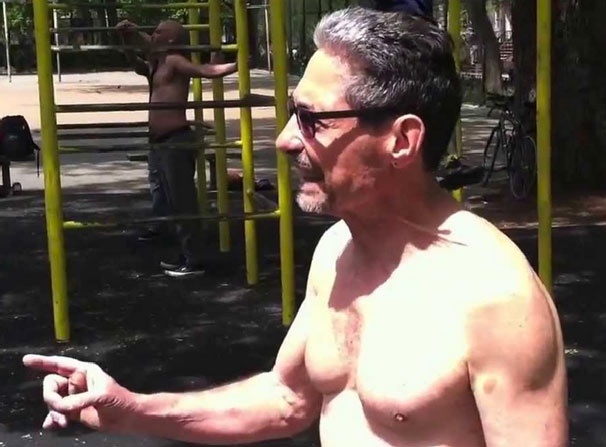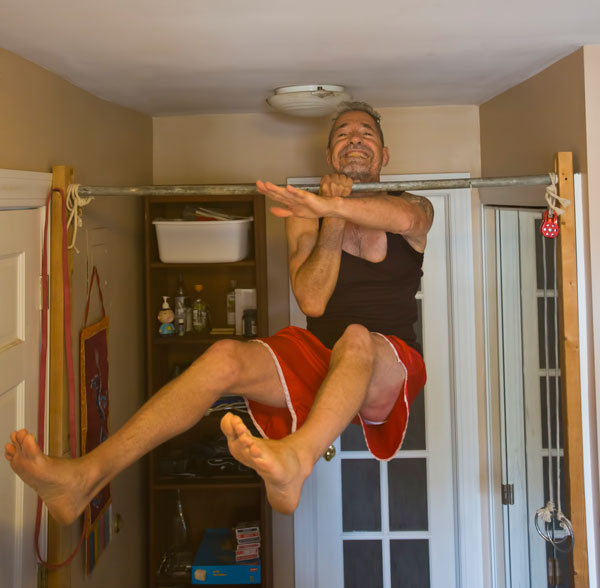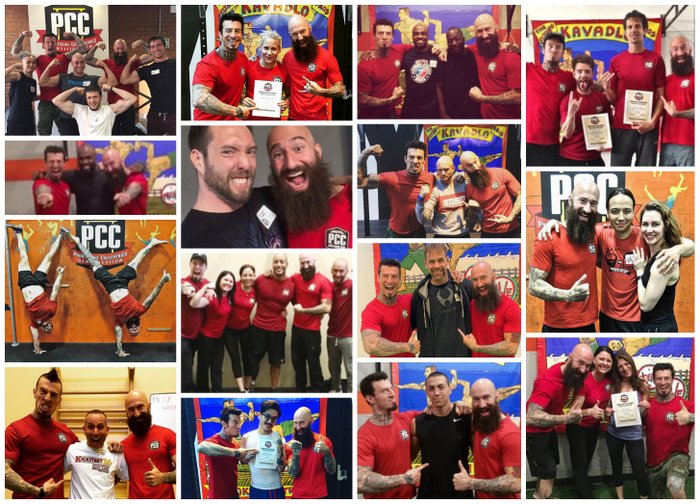 What a great year it has been for calisthenics and the PCC! Danny and I traveled all over the US and Europe in 2015, bringing the Progressive Calisthenics Certification to new places like California, Italy and the UK.
What a great year it has been for calisthenics and the PCC! Danny and I traveled all over the US and Europe in 2015, bringing the Progressive Calisthenics Certification to new places like California, Italy and the UK.
In addition to reaching new markets, many of the venues that had previously hosted the PCC, like Trainingscentrum Helena in Holland, and Soho Strength Lab in New York City, saw even larger attendance than at last year’s events.
While I was fortunate enough to connect with hundreds of you in person this year, the PCC has impacted hundreds of thousands more through this blog.
With the year coming to an end, it’s become an annual tradition for me to take a look back and select my favorite blog posts. Once again, it was hard to pick ten, but I did my best!
Here are my favorites, in no particular order:
–The man, the myth, the legend, Paul “Coach” Wade kicked off the year by telling us how to add 20 pounds of muscle mass in one year with calisthenics. Did any of you give it a shot?
–My brother and PCC Master Instructor Danny Kavadlo explained why there’s no reason to be afraid of getting hurt during a workout.
–Senior PCC Adrienne Harvey reminded us that revisiting regressions such as the short bridge and shoulderstand squat can lead to surprising advancements in our training.
–PCC standout Matt Schifferle explained how understanding the concept of technical convergence can take your training to the next level.
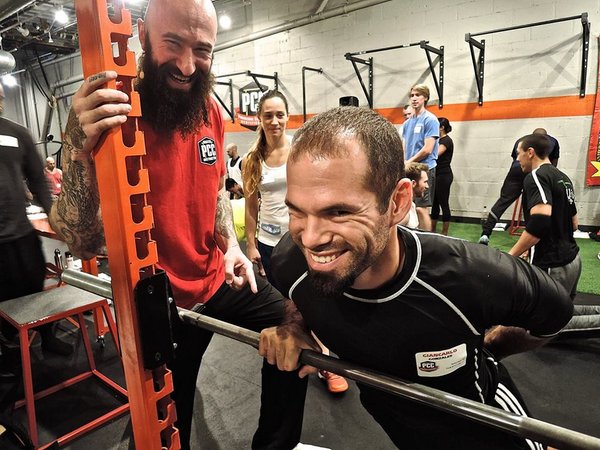 –It’s always an honor to get a blog post from a calisthenics legend like PCC Instructor Jack Arnow.
–It’s always an honor to get a blog post from a calisthenics legend like PCC Instructor Jack Arnow.
–PCC Instructor Eric Buratty wrote this entertaining and informative post about getting in the zone for your workout.
–Right after earning his Progressive Calisthenics Certification, newly-minted PCC Instructor Eric Bergmann passed along some great advice to avoid the 99 rep curse and complete the PCC Century test.
–While PCC Instructor Ali El-Khatib updated us a full year after taking the cert to explain how his life had changed following the PCC.
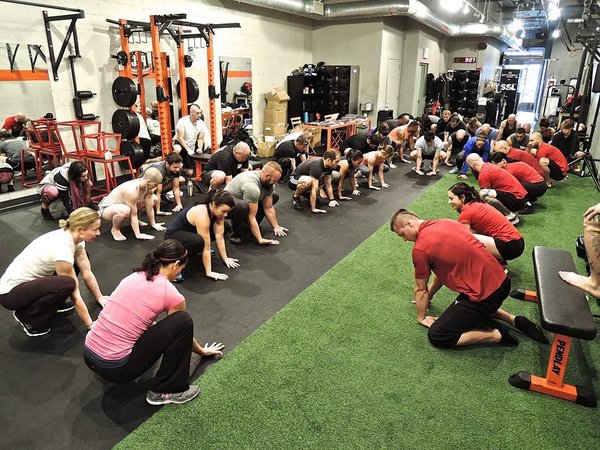 –My wife and fellow PCC Instructor Grace Kavadlo penned this helpful tutorial on the crow pose and its variations.
–My wife and fellow PCC Instructor Grace Kavadlo penned this helpful tutorial on the crow pose and its variations.
–And lastly, I had fun ironically pointing out that talk is cheap.
That’s it! Enjoy the articles, have a Happy New Year…
…and Let’s Do Some Pull-ups!
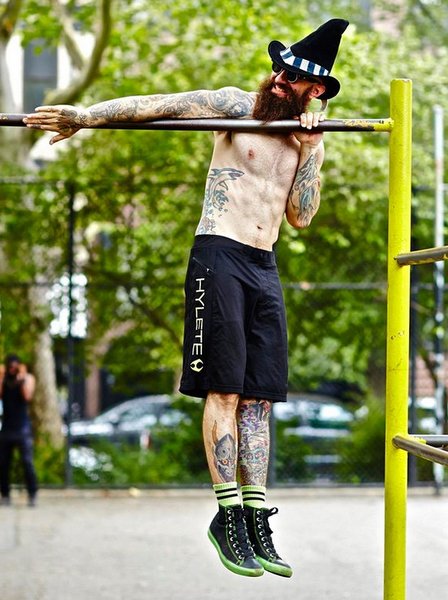
****
Al Kavadlo is the lead instructor for Dragon Door’s Progressive Calisthenics Certification. Recognized worldwide for his amazing bodyweight feats of strength as well as his unique coaching style, Al is the author of five books, including Raising The Bar: The Definitive Guide to Pull-up Bar Calisthenics and Pushing The Limits! Total Body Strength With No Equipment. Read more about Al on his website:www.AlKavadlo.com.
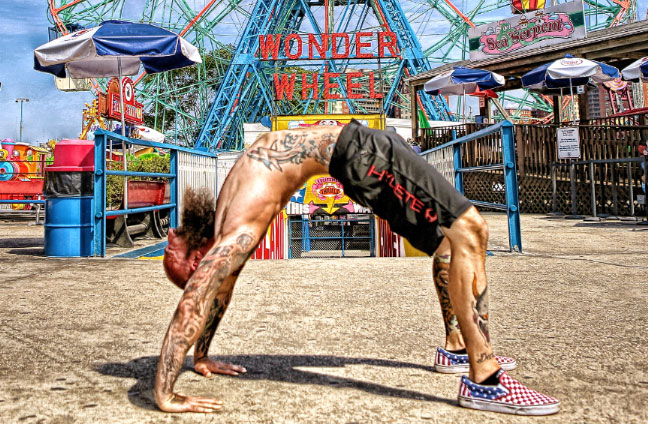
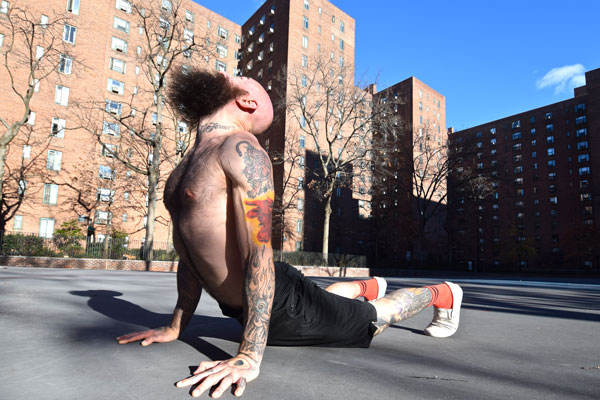

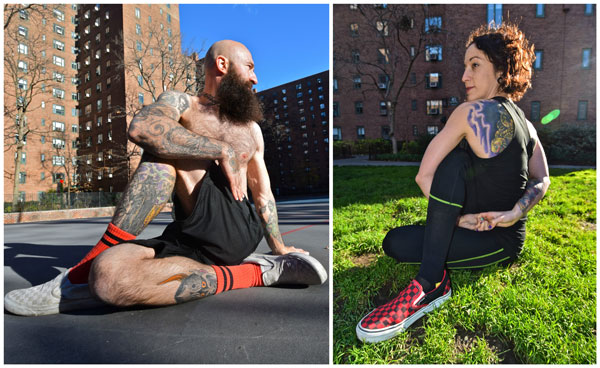
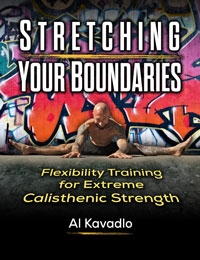
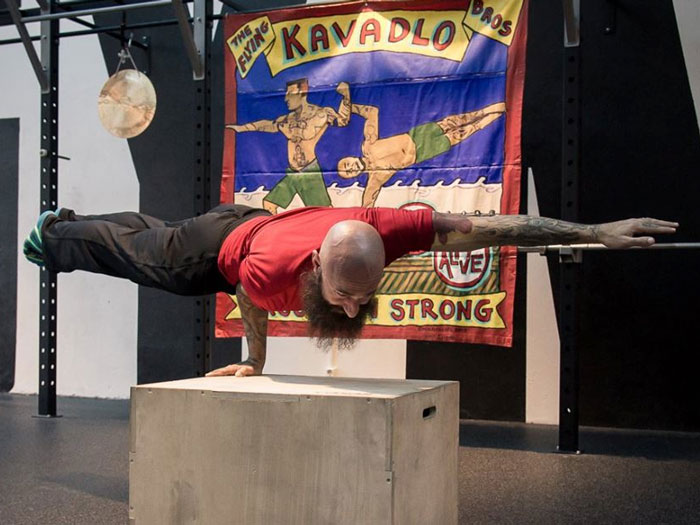 If you look around most mainstream gyms, you’re likely to see people using fancy-looking machines to try hitting each part of their bodies individually. This “isolation principle” of weight training gained popularity with the rise of bodybuilding, where it is effective in sculpting individual muscles in isolation and hoping to counterbalance that effort with each muscle individually, putting them together in a “Frankenstein” fashion to build a muscular physique.
If you look around most mainstream gyms, you’re likely to see people using fancy-looking machines to try hitting each part of their bodies individually. This “isolation principle” of weight training gained popularity with the rise of bodybuilding, where it is effective in sculpting individual muscles in isolation and hoping to counterbalance that effort with each muscle individually, putting them together in a “Frankenstein” fashion to build a muscular physique.

 Joseph A. Schwartz, DC has 31 years experience as a practicing chiropractor with an emphasis on neurology, rehabilitation, nutrition, strength and conditioning. His mission is to empower others so they may exceed their expectations for vibrant health and well-being.
Joseph A. Schwartz, DC has 31 years experience as a practicing chiropractor with an emphasis on neurology, rehabilitation, nutrition, strength and conditioning. His mission is to empower others so they may exceed their expectations for vibrant health and well-being.
